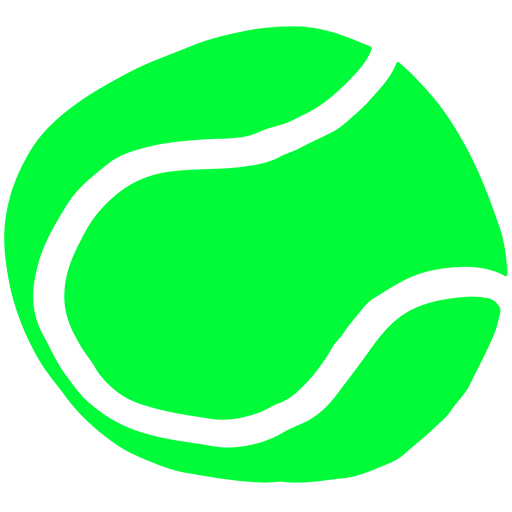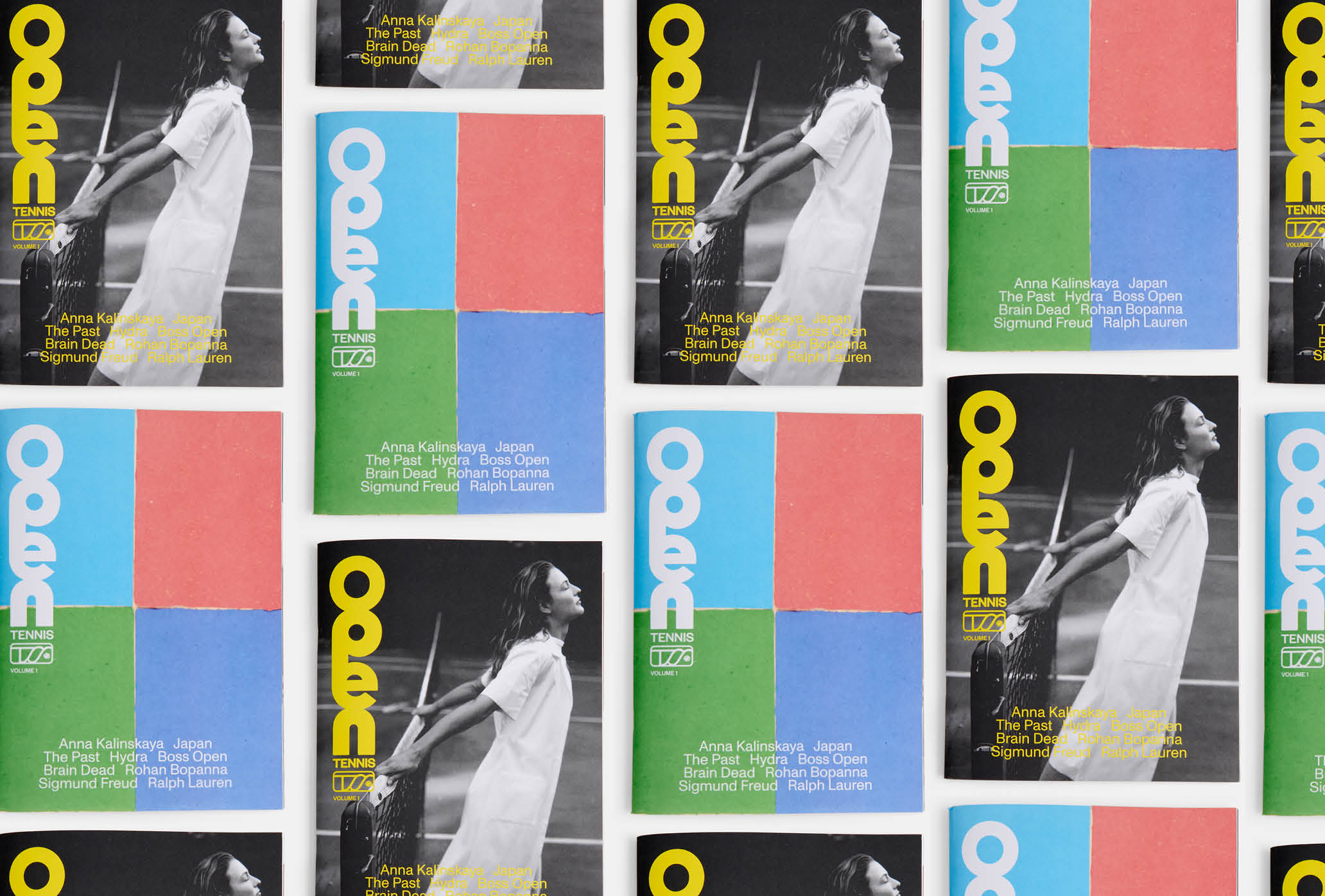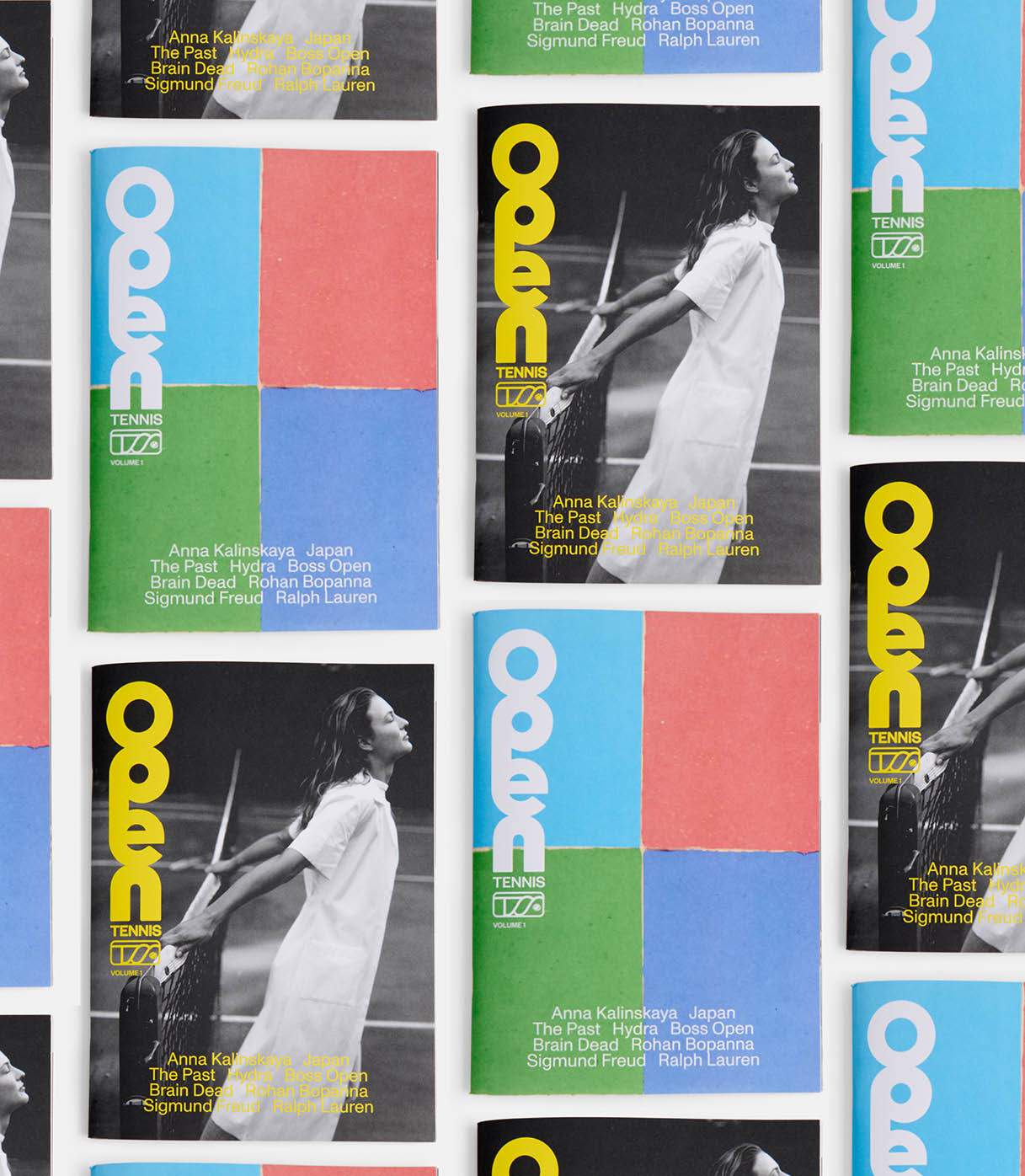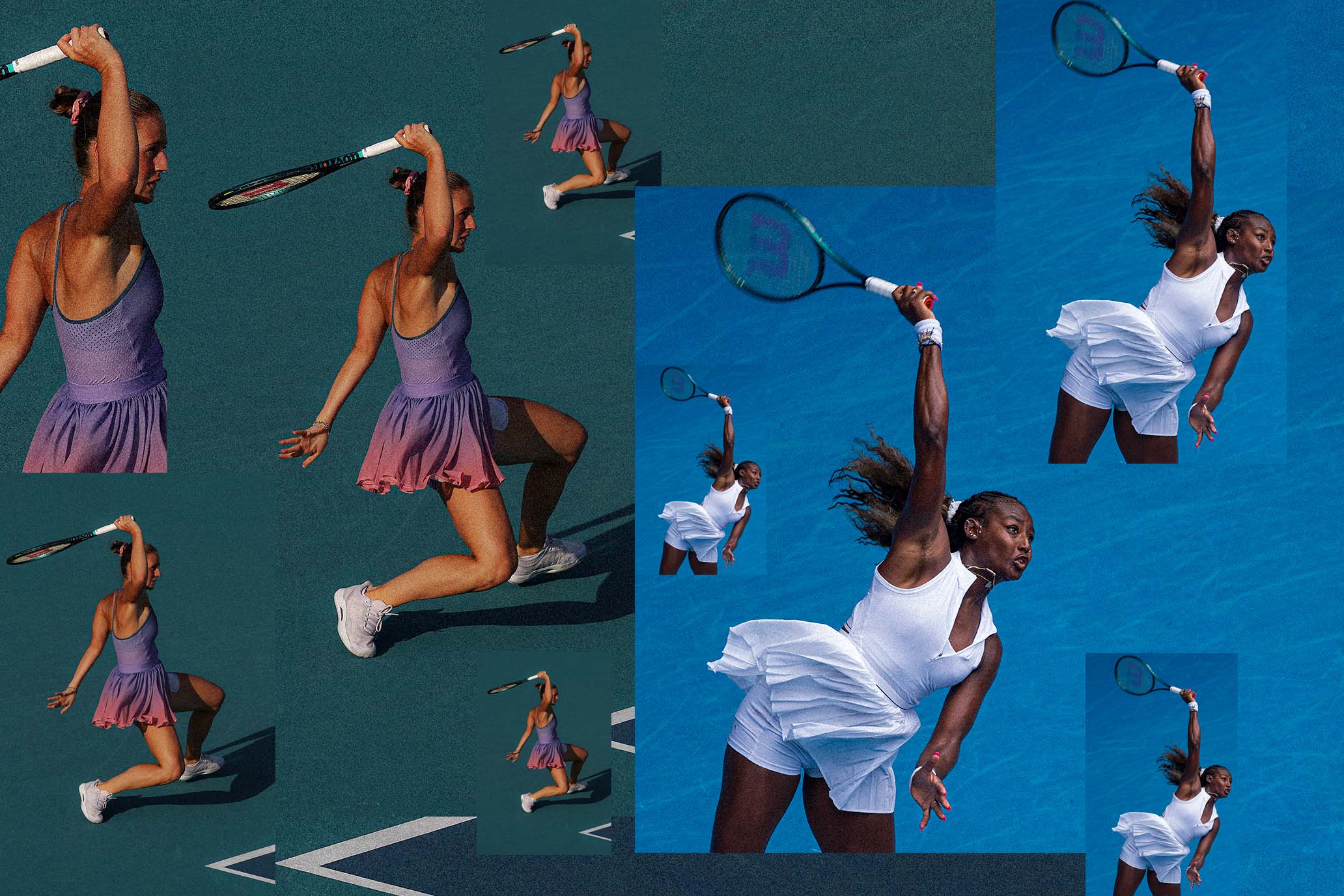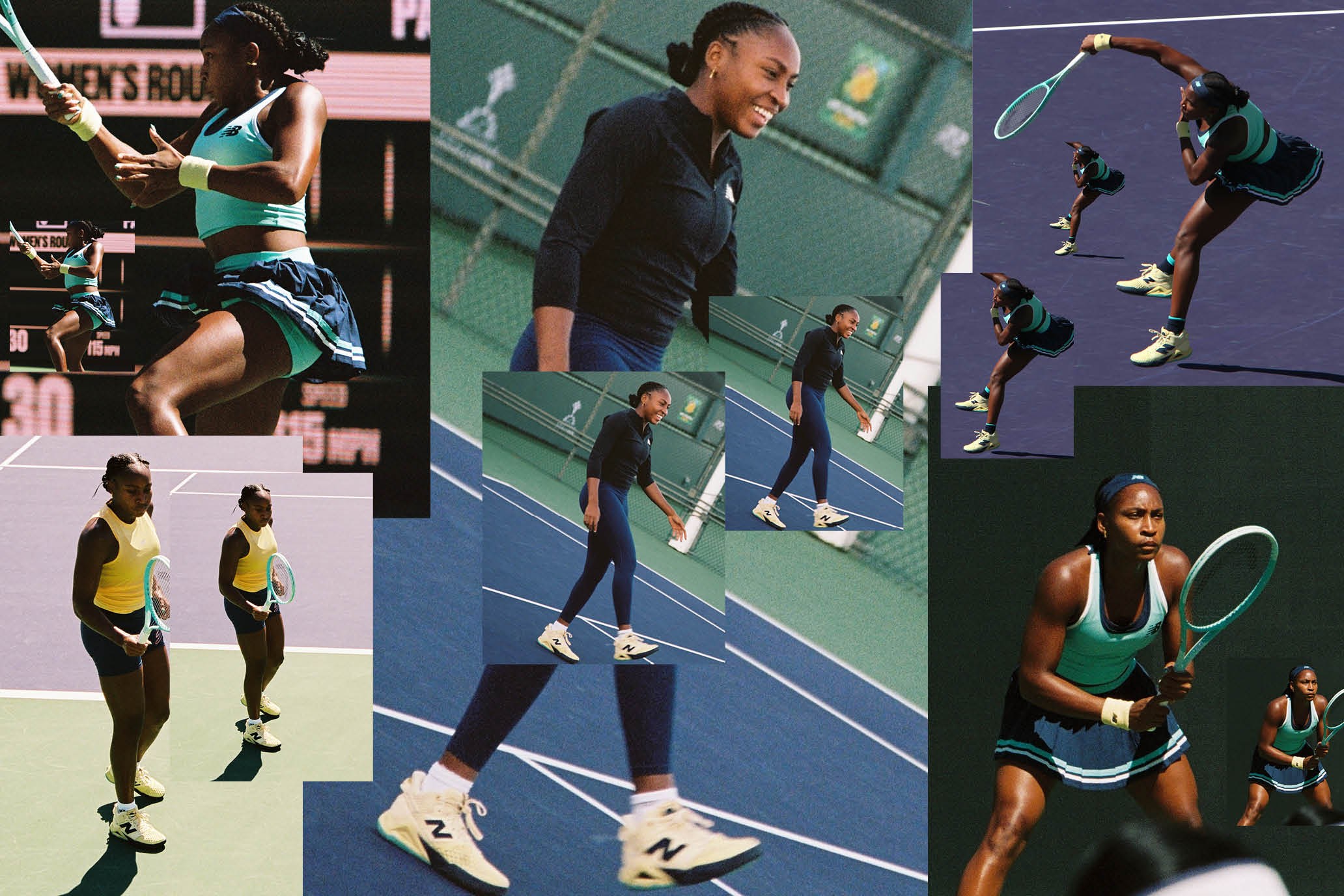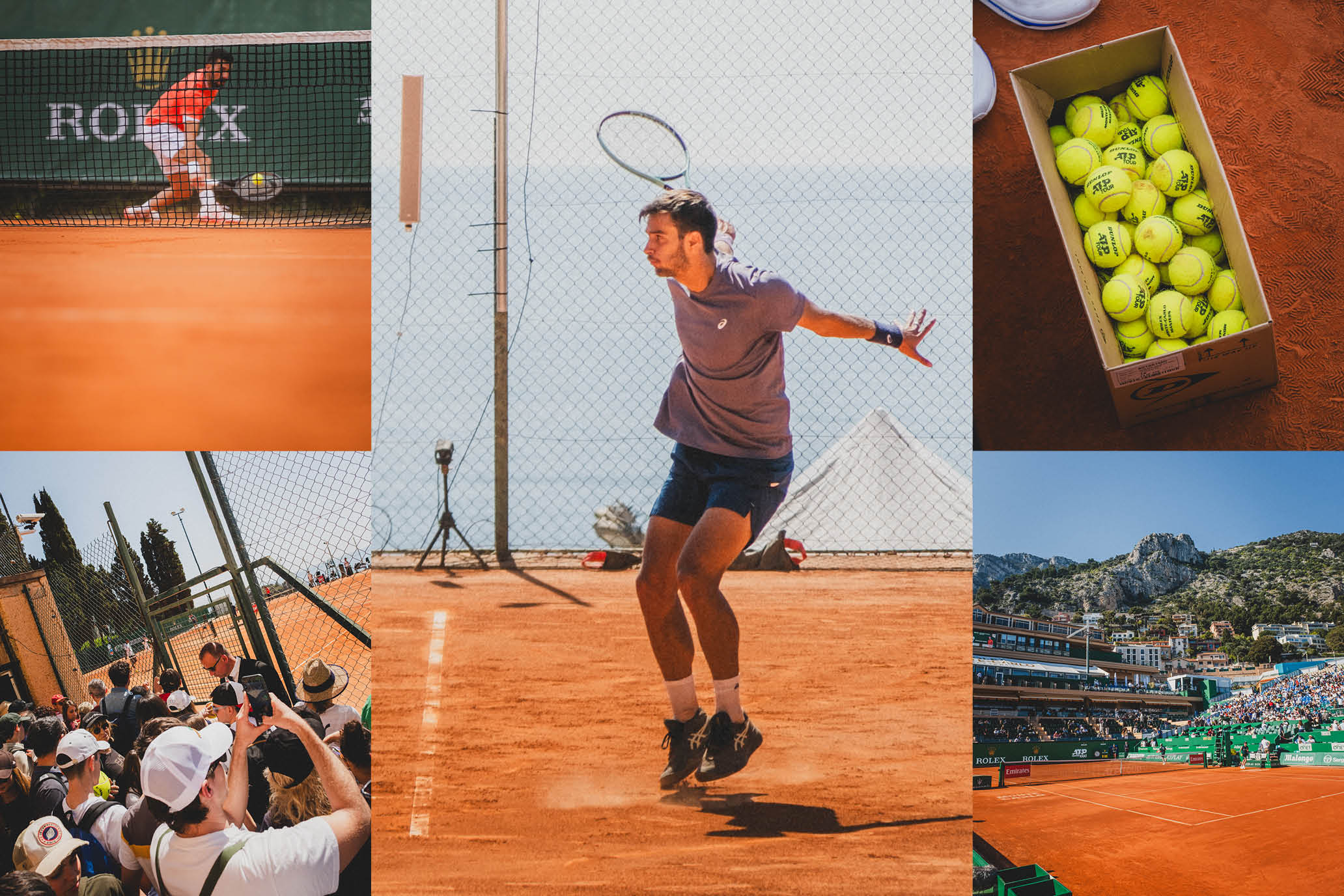Rhythm Paintings
Rhythm Paintings
An interview with Alvin Armstrong.
An interview with Alvin Armstrong
By Dominique ClaytonNovember 15, 2024
Rhythm Paintings
Rhythm Paintings
An interview with Alvin Armstrong.
An interview with Alvin Armstrong.
By Dominique ClaytonNovember 15, 2024
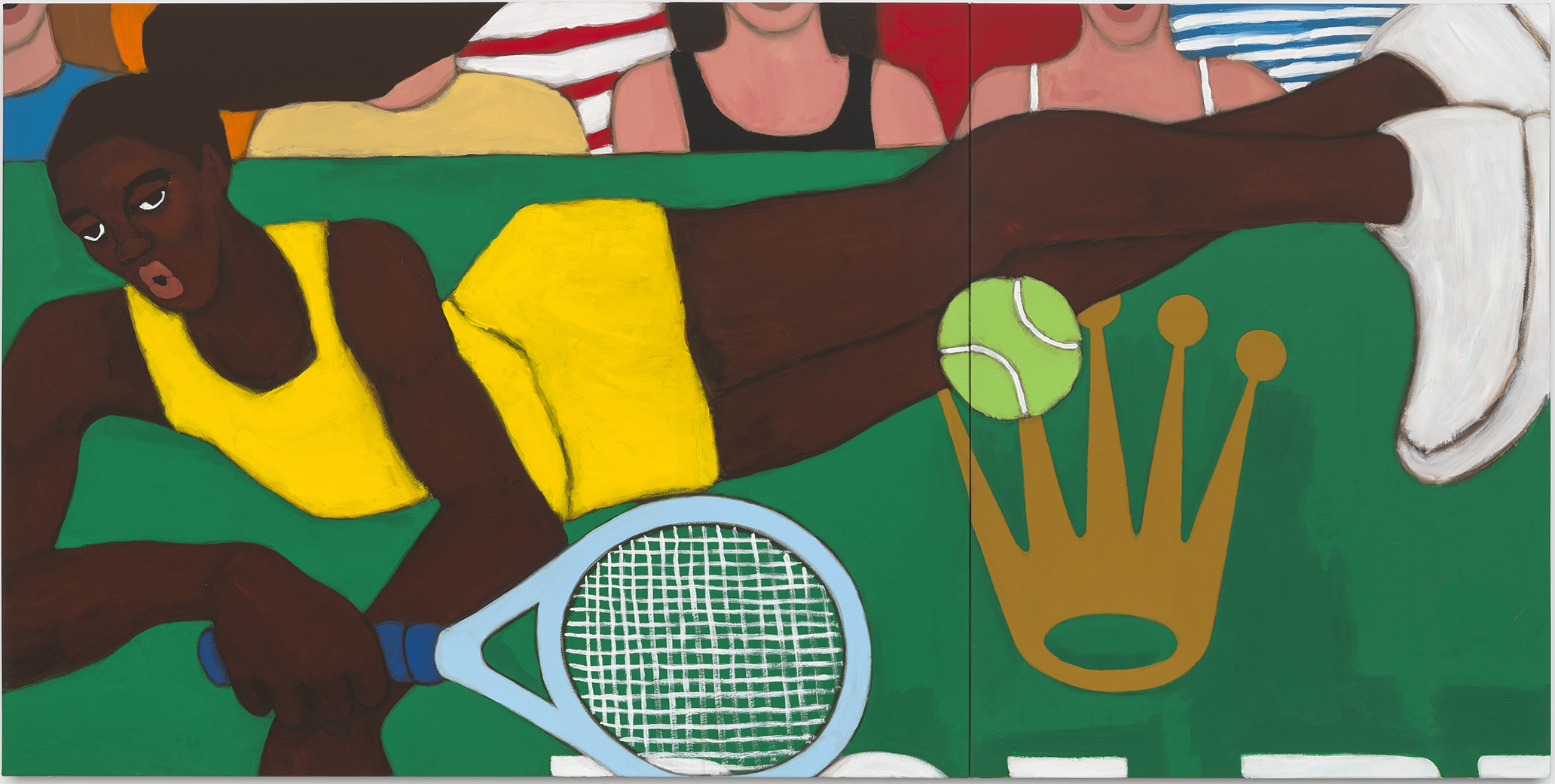
TIEBREAKER, 2024Acrylic on canvas48 x 96 inches
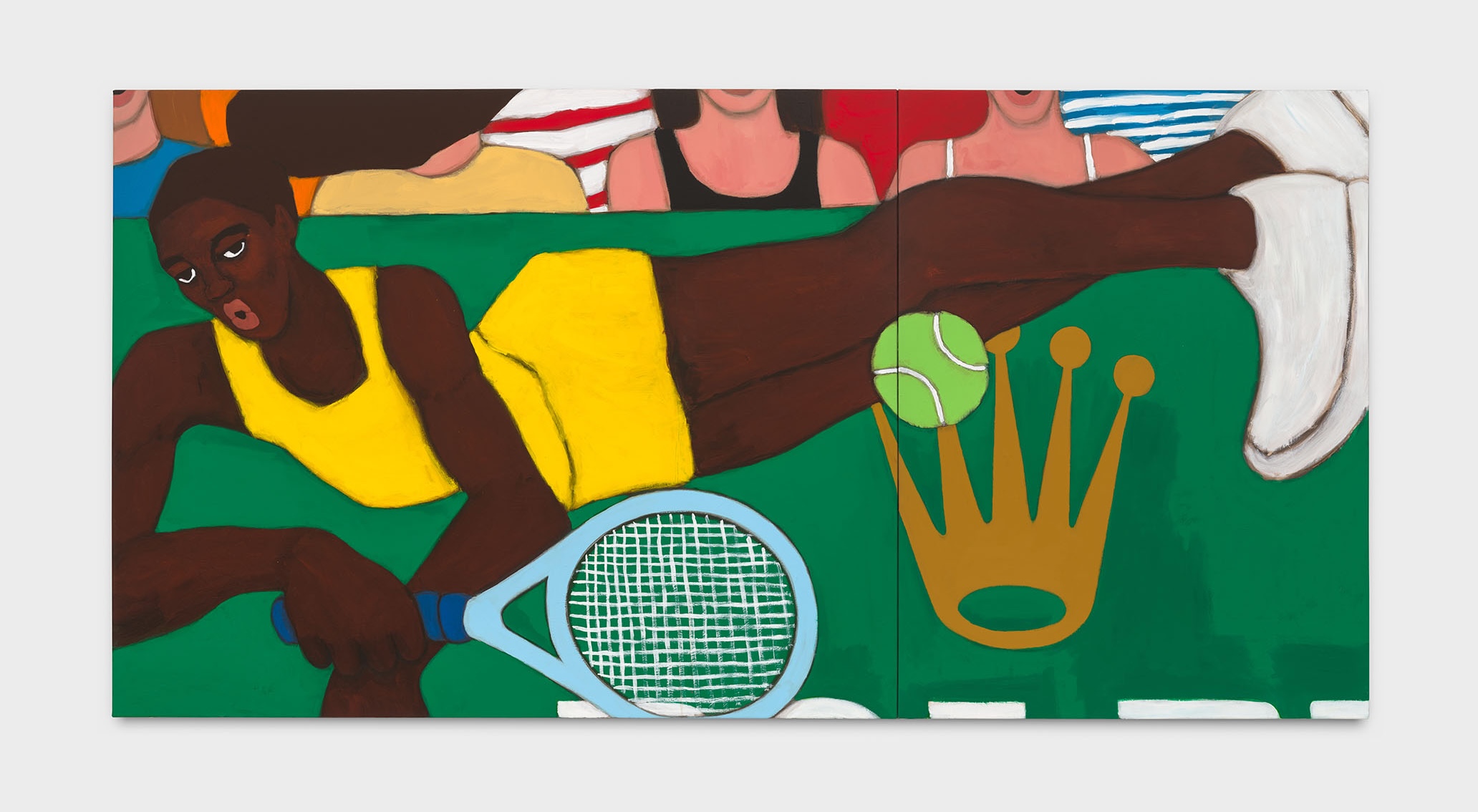
TIEBREAKER, 2024Acrylic on canvas48 x 96 inches
I don’t often place competitive sports and contemporary art in the same conversation unless I’m advising a professional athlete on how to collect art as an investment. However, on the occasion of his newest solo exhibition, I spoke with artist Alvin Armstrong about his new body of work, his painting journey, and how sobriety and sports inspire and sustain his arts practice. Armstrong’s work picks up where artists like David Hockney and Henry Taylor have left off, creating larger-than-life portraits, usually done in one sitting, that channel an athletic urgency and desire to get to the finish line, all set against a backdrop of rich color and texture.
TIEBREAKER is Armstrong’s latest exhibition, which opened yesterday in NYC at Anna Zorina Gallery. The collection of 10 paintings ranges in scale from 1.5 feet to 10 feet and illustrates the nail-biting tension in the throws of a tennis match, complete with close-up shots, emotional and physical intensity all inspired by watching the likes of tennis champs Serena Williams, Coco Gauff, and Naomi Osaka. It’s endearing to see how women’s athleticism and resilience in particular serve as a source of inspiration to Armstrong, and during our chat, it’s clear how much he values the women in his life, from his own sister who works as a sports professional, his partner who graciously understands him and his process, and the artists and gallerists like Stephanie Baptist who encouraged him to make and show his art for the first time. Armstrong’s road to the art world was unplanned yet divinely timed, as the former Navy brat found himself living in various cities and embarking on different careers before settling on painting. Read on for excerpts from our conversation to see how he eventually landed on practicing art and how self-awareness, sensitivity, and intention keep him primed for continued growth and success.
It’s a pleasure to connect with you. How did you get to this point? What led up to today, sitting in NYC finalizing elements for your new solo art show?
I’m originally from Southern California, but I was a Navy brat, so I lived in Japan and Hawaii as well. I’m Black, white, and Japanese. My dad, who passed over 10 years ago, was originally from Crenshaw, L.A., and my mom is from San Diego. We moved around a lot when I was young, so I was always the new kid every three years, and I got used to that. That’s very much who I am. Just kind of a chameleon and going with the wind. I was never into art. As a kid, I played sports. I was always outside. My family’s a bunch of athletes, so I came from that world where I’ve always known kind of like how to get better at something and how to put the work in.
Fast-forward, I got to New York in 2013. I just got out of the Coast Guard, which I joined just to switch careers and have free education. Then I studied acupuncture here in New York and graduated and realized I probably wasn’t going to be a clinician. While I loved the medicine, I just didn’t really see myself there, and before I decided anything, I wanted to clean up my personal life, so I decided to get sober. In May 2018, I stopped drinking and doing all these other things I was doing at the time.

BODYSHOT, 2024Acrylic on canvas48 x 60 inches

BODYSHOT, 2024Acrylic on canvas48 x 60 inches
And that created a ton of free time—idle time, really—for the first time in a long time. And so I started doing new things, and I eventually found myself in museums for the first time. I was at the Brooklyn Museum early on in my sobriety, and something different just clicked. I was able to see things differently, and I mentioned to my friend I was with that I might want to try and design some furniture, or do something creative, and she suggested painting. She bought me brushes the next day, and they sat in my room for three more months. Then on August 8, 2018, I picked up those brushes and I called a friend who went to RISD who advised me to paint a self-portrait. I painted that first self-portrait with some hesitation and shared it with her, and her reaction to that being my first work of art really was the first thing that told me to just keep going.
What was your process like when you first started painting? And what was the response?
I was always a workaholic. I put my head down, and I was painting 15 hours a day for those first three years. Didn’t really care, didn’t know anything about the industry, didn’t care about any of that. And no one, no one really knew me. My world was small, you know, newly sober and had a new world. And I just was doing it just to show myself, like,

CURLY, 2024.Acrylic on canvas48 x 60 inches

CURLY, 2024.Acrylic on canvas48 x 60 inches
wrap up regardless. It’s more about bending my heart to be comfortable, putting it down, letting go, moving on, right? Because it’s about the moment, the rhythm. I call all my paintings rhythm paintings, and it really is about the fluidity and the moment and how I’m feeling, how I’m expressing that, and my ability to, like, stay loose with the line and not be so controlling about one particular part of the painting. It’s about the whole moment and composition in all my work.
Tell me about how tennis plays into this show. It’s a departure from your regular portraiture, so I’d like to know more about how you developed this series and body of work. I’m no expert in the sport of tennis, but I do enjoy it and can relate to the anxiety and the female stress and the highs and lows of winning and losing.
You know, I do the portraits, but then with the shows, a lot of times I’ll do a theme. It’ll usually be sports-connected, because that’s just where I come from. I grew up going to tennis camp as a kid in Hawaii. And usually I’m pulling from my personal memories. And with tennis, I grew up watching the majors and I grew up watching all the incredibly talented people, you know, obviously, I can name

NO SWEAT, 2024.Acrylic on canvas48 x 60 inches

NO SWEAT, 2024.Acrylic on canvas48 x 60 inches
so many. But the Williams sisters, Coco Gauff, and Osaka, you know, the women specifically. I don’t always paint a ton of women, so going into this show, once I landed on that, I wanted to do a tennis-themed show. And in my work, when I go into sports and usually zoom in, it’s like more of the moment, the fight, the in-between. It’s less about, oh, let me back up and show the whole scene. So I want to capture that emotion, whatever they’re doing, because the themes are kind of overwrought. Just the struggle in life, the discipline, the work, the grace and the…just the themes kind of repeat because they’re important to me. So once I narrowed it down to tennis, I quickly decided that I wanted [the show] to be heavily female. I go to the US Open and I’ve been deeply impacted by the Williams sisters. My dad came from that area. My nephew’s father grew up going to basketball practice and seeing them on the court in Compton. So there’s just this deep pride in the accomplishments of these athletes.
Why did you call your new show TIEBREAKER? Are you in competition with someone or are you referencing something bigger?
The show’s title is TIEBREAKER. So that moment of the match, towards the end of either a set or the match, where it’s like the rules are even stricter, and it’s like we’re trying to get a winner here, right? It’s amazing how Coco just won the other night in Saudi Arabia in a third-set tiebreaker. It was amazing to see her win the [WTA Finals], especially after a tough year of not getting a major. All those emotions are what I wanted to pull into the paintings.
TIEBREAKER is on view at Anna Zorina Gallery in New York City through Dec. 21, 2024.
